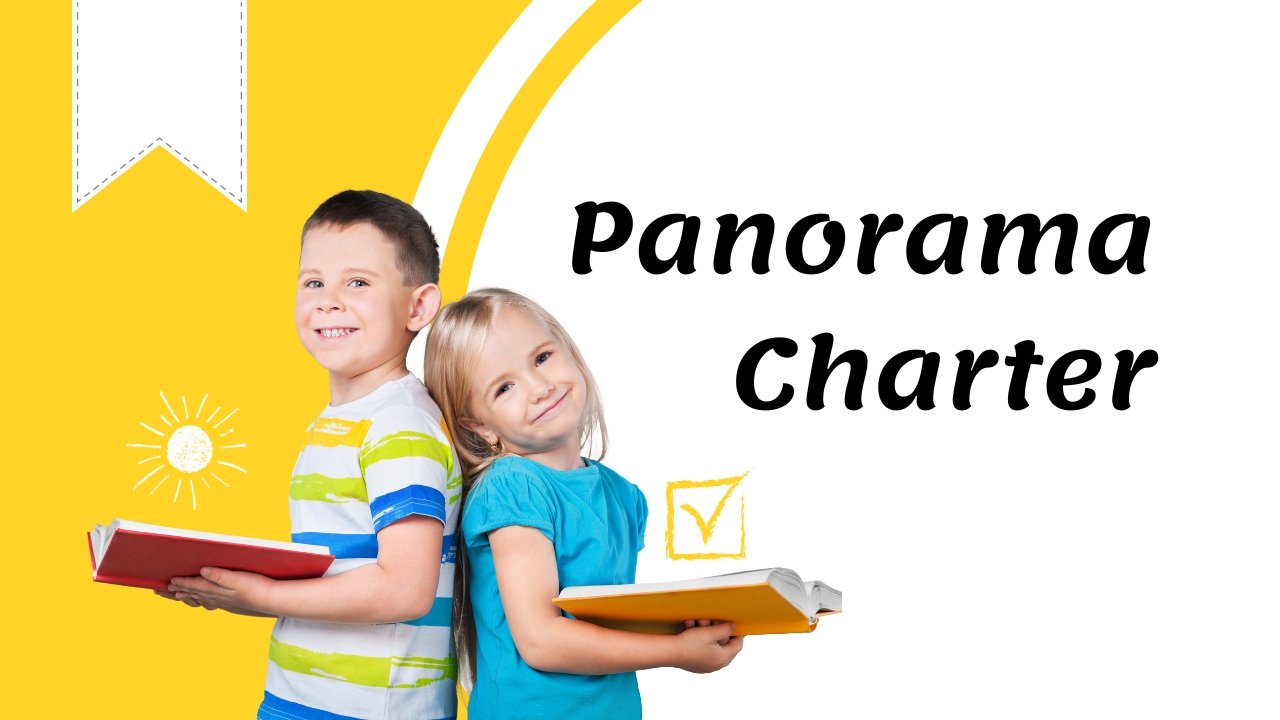One important facet of charter schools and their curricula is referred to as “Panoramic Charter.” Investigating the foundational ideas, workings, and educational implications of Panorama Charter is necessary to comprehend it. The purpose of this article is to present a thorough analysis of the Panorama Charter, including its definition, characteristics, advantages, and drawbacks.
What is Panorama Charter?
Panorama Charter encompasses a specialized approach within the charter school framework, focusing on unique educational methodologies and community involvement. Unlike traditional public schools, charter schools like Panorama Charter offer alternatives tailored to specific educational philosophies.
History and Evolution of Panorama Charter Schools
Panorama Charter schools have evolved significantly since their inception. Initially emerging as experiments in educational innovation, they have grown into influential players in the educational landscape. Understanding their historical context helps grasp their current significance.
Key Features of Panorama Charter Schools
Panorama Charter schools boast several distinguishing features that set them apart from conventional educational institutions:
- Flexibility in Curriculum: They often have the freedom to design their own curriculum, tailored to student needs and community goals.
- Community Integration: Emphasizing community involvement and partnerships to enrich educational experiences.
- Specialized Programs: Offering specialized programs in arts, sciences, technology, or vocational training.
- Autonomous Management: Enjoying autonomy in management and decision-making compared to traditional public schools.
Benefits of Panorama Charter Schools
Panorama Charter schools offer several benefits that attract students, parents, and educators alike:
- Innovation in Education: They pioneer new teaching methods and educational approaches.
- Smaller Class Sizes: Often providing smaller class sizes for more personalized attention.
- Focus on Specific Needs: Catering to specific educational philosophies or student needs that may not be met in traditional schools.
- Higher Parental Involvement: Encouraging active participation of parents in their child’s education journey.
Challenges Facing Panorama Charter Schools
Despite their advantages, Panorama Charter schools also encounter challenges:
- Funding Issues: Often relying on limited funding compared to public schools.
- Accountability Concerns: Balancing autonomy with accountability for educational outcomes.
- Access and Equity: Ensuring access and equity across diverse student populations.
- Regulatory Compliance: Navigating complex regulatory frameworks governing charter schools.
Impact of Panorama Charter Schools on Education
Panorama Charter schools have a significant impact on the broader educational landscape:
- Driving Innovation: Inspiring innovation and reform in traditional public schools.
- Enhancing Educational Choice: Providing parents and students with more options in education.
- Addressing Local Needs: Tailoring educational offerings to meet specific community needs and preferences.
Future Trends in Panorama Charter Education
Looking ahead, Panorama Charter schools are poised to continue evolving, integrating technology, expanding community partnerships, and advocating for educational equity. As they grow in influence, their role in shaping the educational landscape will only become more pronounced.
You May Also Like: Colegia: Transforming Education Through Collaboration and Connectivity
Conclusion
In conclusion, Panorama Charter schools are a vibrant segment of the education system that provide cutting edge methods and a community-centered curriculum. It is imperative that stakeholders who wish to influence the future of education comprehend their tenets, advantages, and drawbacks.
FAQs
What is Panorama Charter?
Panorama Charter refers to specialized charter schools that offer unique educational programs tailored to specific community needs and educational philosophies. They operate independently of traditional public schools and emphasize innovation in teaching and learning.
How are Panorama Charter schools different from traditional public schools?
Panorama Charter schools differ from traditional public schools in several ways:
- They have more autonomy in curriculum design and educational approach.
- They often offer smaller class sizes and more personalized learning experiences.
- They may focus on specific themes or educational philosophies, such as arts, sciences, or technology.
What are the benefits of enrolling in a Panorama Charter school?
Some benefits of Panorama Charter schools include:
- Innovation in educational methods and programs.
- Smaller class sizes that allow for more individualized attention.
- Greater parental involvement in the educational process.
- Tailored programs that cater to specific student needs or interests.
What challenges do Panorama Charter schools face?
Panorama Charter schools encounter challenges such as:
- Limited funding compared to traditional public schools.
- Balancing autonomy with accountability for educational outcomes.
- Ensuring equitable access to education across diverse student populations.
- Navigating complex regulatory requirements and compliance issues.
How do Panorama Charter schools impact the broader educational system?
Panorama Charter schools influence the educational system by:
- Inspiring innovation and reform in traditional public schools.
- Providing parents and students with more educational choices.
- Addressing specific community needs and preferences in education.
- Advocating for educational equity and access.











